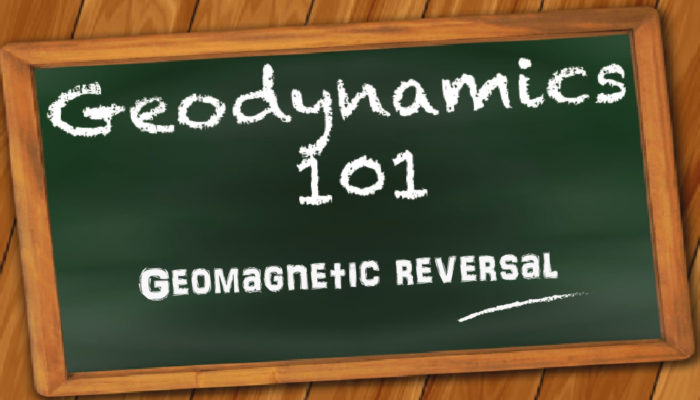Interdisciplinary research are the buzzwords all funding agencies want to hear these days. After reading my blog on how to write an interdisciplinary proposal researching the interior of planets, Ruby decided to approach a geochemistry group to collaborate. They have kindly invited her to present her latest research at their group meeting, which left Ruby coming to ME for help: How should I prepar ...[Read More]
Magnetic field generation and its reversal in dynamo models
Generation and reversal of the Earth’s magnetic field have remained one of the most controversial topics. In this week’s geodynamics 101, Debarshi Majumder, a PhD student from the Indian Institute of Science, gives a brief overview of the theory of geodynamo reversal and discusses some of the preliminary results obtained from numerical modelling. A planetary magnetic reversal is one of ...[Read More]
Whole solid-Earth numerical simulation: Towards an understanding of mantle-core interactive dynamics
Due to huge difference between the time scale of the mantle convection and the outer core convection, they are modelled separately. In this week’s News and Views, Masaki Yoshida from the Volcanoes and Earth’s Interior Research Center, Japan Agency for Marine-Earth Science and Technology (JAMSTEC), Japan, put forward the recent development on the modeling of the whole solid-Earth. The E ...[Read More]
The short story of my PhD
PhD students’ struggles are alike; each succeed in their own way[1] It was a Friday morning, and nearly 3 years had passed since I arrived at Sydney. This meant, I only had one month left to submit my thesis! No sooner had I entered my office than a feeling of anxiety had found me. I had no time to dig deep into my own thoughts to discover what was happening, although it was obvious. Instead, I re ...[Read More]




